Harnessing an individual’s immune cells to mediate antitumor and antiviral responses is a life‐saving option for some patients with otherwise intractable forms of cancer and infectious disease.
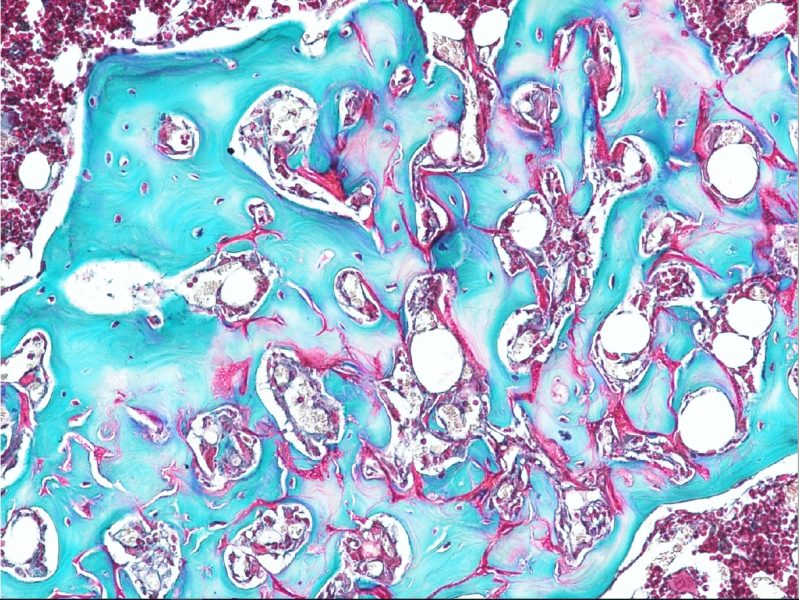

Harnessing an individual’s immune cells to mediate antitumor and antiviral responses is a life‐saving option for some patients with otherwise intractable forms of cancer and infectious disease.

A team of researchers from Ireland report on the mechanisms of how atmospheric cold plasma (APC) improves the germination of seeds.
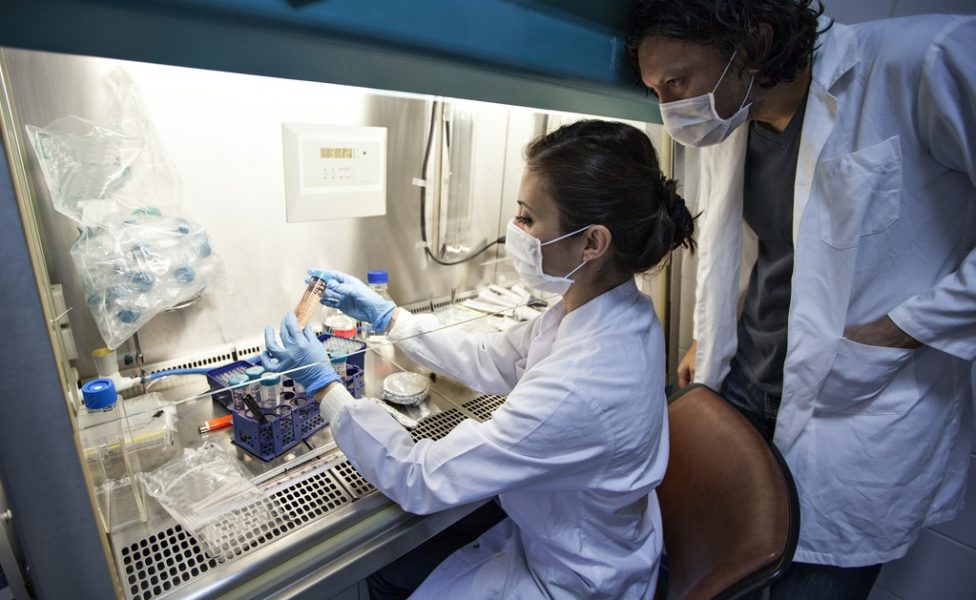
A team of researchers from China combined AC and SERS technologies to develop a novel method for urinary modified nucleoside detection as a tool for cancer screening.
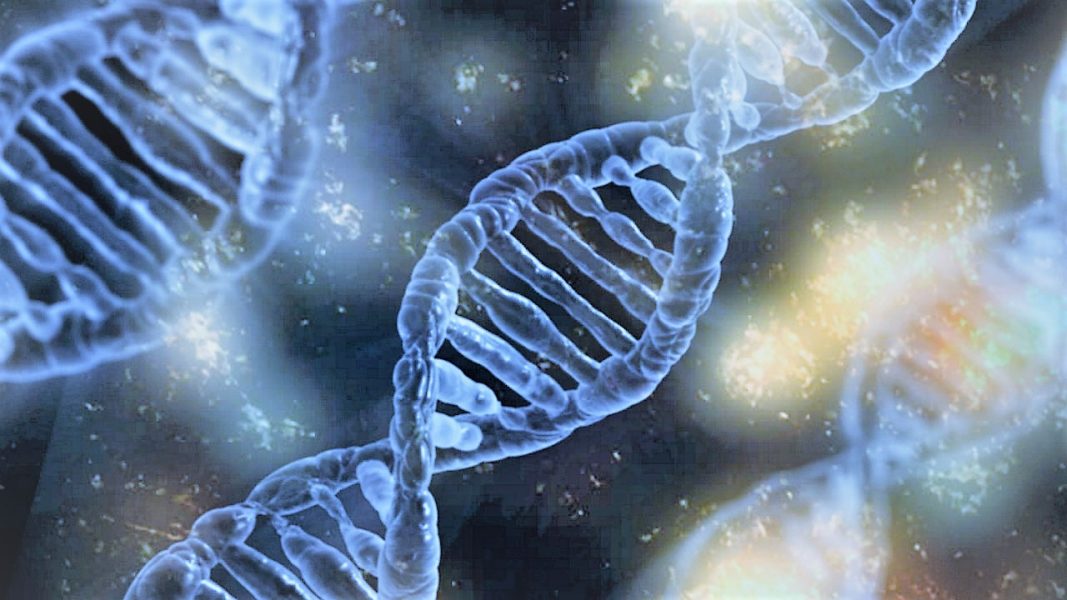
The challenges and an outlook on this promising class of DNA hybrid materials are discussed.
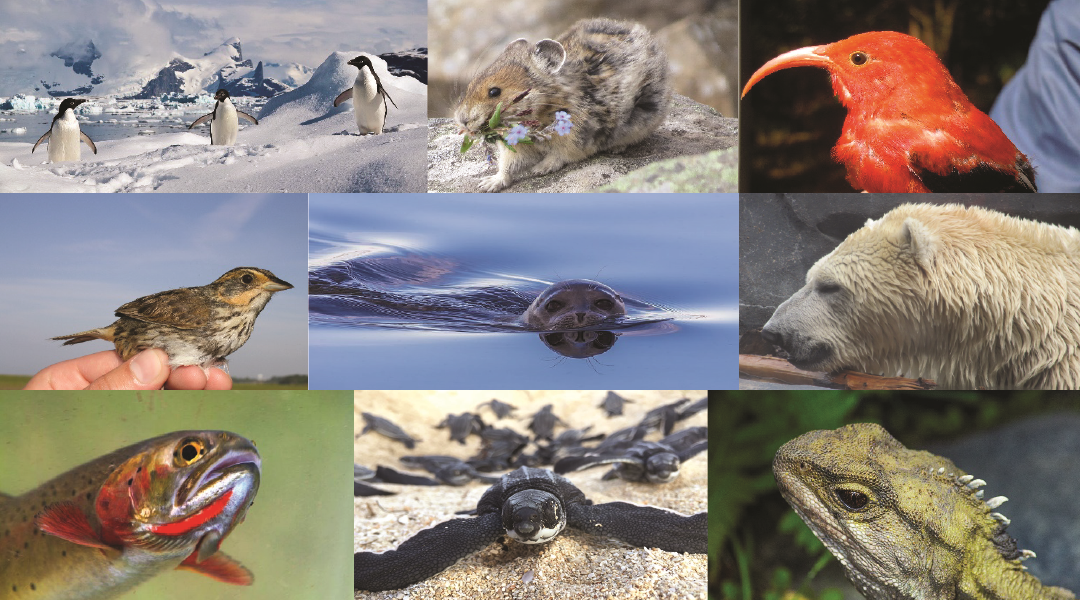
Now that climate scientists can make better projections of climate change, biologists need to project and prevent its impacts on biodiversity.

Processing and maturation of precursor RNA species is coupled to RNA polymerase II transcription. Co‐transcriptional RNA processing helps to ensure efficient and proper capping, splicing, and 3′ end processing of different RNA species to help ensure quality control of the transcriptome.

Novel findings suggest that miR‐146a‐5p may be useful as a noninvasive biomarker and as a targeted therapeutic in several cancers.
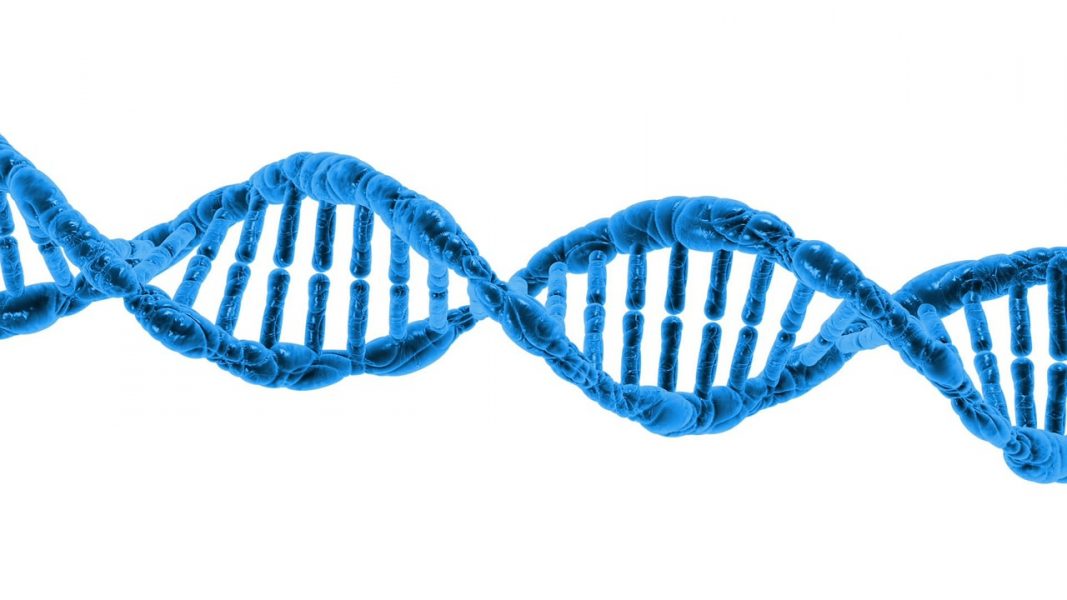
Proteins with similar domain structures and activities have been found throughout eukaryotes, demonstrating that this protein family arose from an ancient ancestor.
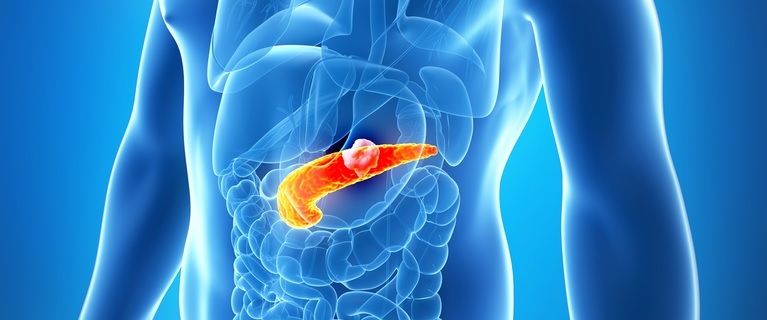
Chinese researchers combined a glow‐like helium atmospheric pressure plasma jet with clinical antitumor drug‐Tegafur‐ to treat pancreatic tumor cells in vitro.

A team of Chinese and American researchers succesfully used near‐infrared spectroscopy (NIRS) for fast and accurate evaluation of brain death.